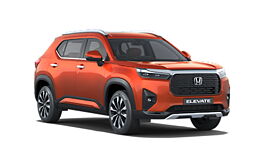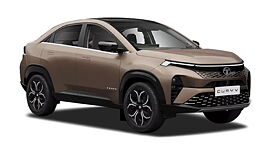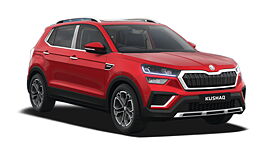Volkswagen Virtus [2022-2023] User Reviews
Looking for Volkswagen Virtus [2022-2023]? Here are the reviews and ratings by Virtus [2022-2023] owners from across the country.
Variant
Highline 1.0 TSI AT
Rs. 17,49,400
Last recorded price
Select Your Variant
All Versions
- All Versions
Topline 1.0 TSI MT
- Petrol
- Manual
- Ratings 4.9
Comfortline 1.0 TSI MT
- Petrol
- Manual
- Ratings 4.9
GT Plus 1.5 TSI EVO DSG
- Petrol
- Automatic
- Ratings 4.5
Topline 1.0 TSI AT
- Petrol
- Automatic
- Ratings 4.9
Highline 1.0 TSI AT
- Petrol
- Automatic
- Ratings 4.1
Highline 1.0 TSI MT
- Petrol
- Manual
- Ratings 4.7
Categories (out of 5)
- 4.7Exterior
- 4.6Comfort
- 4.7Performance
- 4.1Fuel Economy
- 4.4Value for Money
All Volkswagen Virtus [2022-2023] Highline 1.0 TSI AT Reviews
(2)
- All
- 5
- 4
- 3
- 2
- 1
Sort by :
- All
- 5
- 4
- 3
- 2
- 1
Sort by :
- 1 year ago | Nilo Panakkal DavidCan insulation. It will get noisy when you put the pedal down. The plastic quality inside is on par with celerio quality. Should have brought more features to compete with the new Verna and City.Rating parameters(out of 5)5
Exterior/Styles
3Comfort & Space
4Performance (Engine/Gear/Overall)
3Fuel Economy
3Value for Money/Features
About the ReviewerPurchase NewDriven forDid a short drive onceRead MoreWas this review helpful?20 - 1 year ago | YashI currently have a honda city petrol & ciaz diesel and needed a new car under 20L with an automatic gear box, good build quality and better performance, so finally, after a test drive of Verna 1.0, city CVT, thar, Slavia (similar to virtus), I chose Virtus and here are pros and cons after driving 1500 KM Pros: 1. Best build quality. Toughest & safest body. Even with 2 airbags, this car is much safer than 6-8 airbags in Japanese or Korean cars. 2. Excellent suspension setup to handle potholes & ruffed roads with comfort to passengers. Also, high ground clearance is given of 179 MM which is very practical. 3. Best handling in the segment. Can easily handle and stop a car even at speed of 130 km/h. Till now didn't go beyond 130. But steering response & breaking is unmatched by any other car in the segment. The grip on the road is very good compared to rivals. 4. Dashboard looks very premium with a very good music system. 5. Best gearbox tuning, as you step on the paddle, the car takes you from 0 to 120 in no time without jerks. 6. Unlike previous VWs, Virtus is made in India and made for India, so once you open the hood, you can see they have organised stuff under the hood like Japanese cars, not past VW cars for easy & cost-saving maintenance. VW seems trying to correct the mistake they made in old cars. 7. Good mileage. Mileage depends on driving style & I obtained 8-9 km/l with aggressive driving in the city and 16-17 km/l on the highway with a constant speed of 90-95 km/h Cons: 1. Front look of the car looks very boring compared to rivals. 2. Rear seat is very narrow, 3 adults can not sit properly in the rear sit. For a long journey, this car is suitable for up to 4 people only. 3. 3 cylinder motor is powerful but a bit noisy, not as refined as a city.Rating parameters(out of 5)4
Exterior/Styles
4Comfort & Space
5Performance (Engine/Gear/Overall)
5Fuel Economy
5Value for Money/Features
About the ReviewerPurchase NewDriven forFew hundred kilometersRead MoreWas this review helpful?21
- Back
- 1
- Next
Reviews you may also consider
- Home
- Volkswagen Cars
- Virtus [2022-2023]
- User Reviews
![Virtus [2022-2023] Image Virtus [2022-2023] Image](https://imgd.aeplcdn.com/227x128//n/cw/ec/101029/virtus-right-front-three-quarter.jpeg?isig=0)








